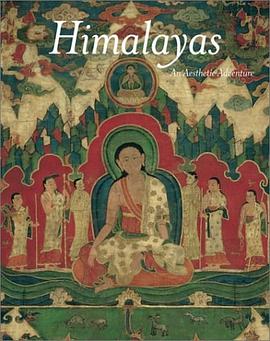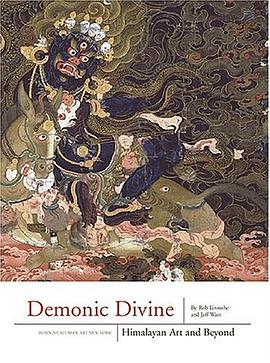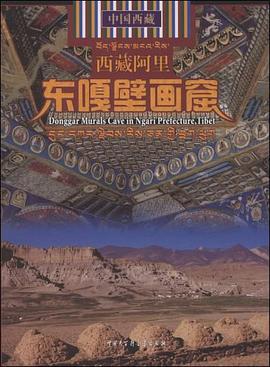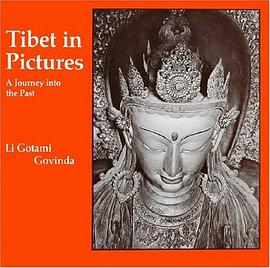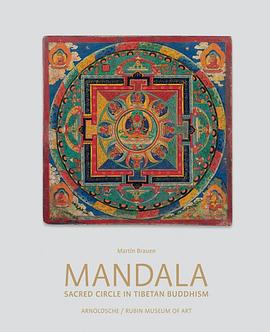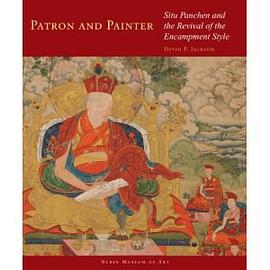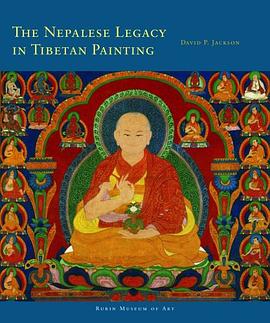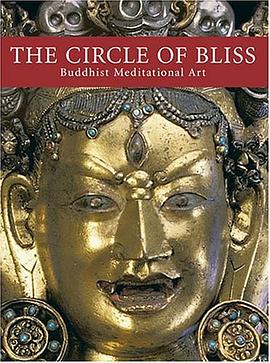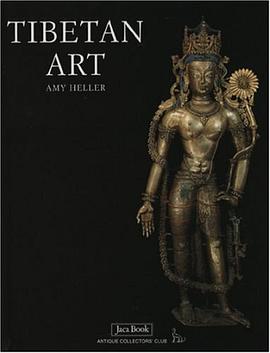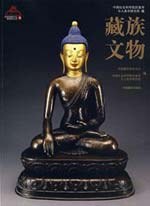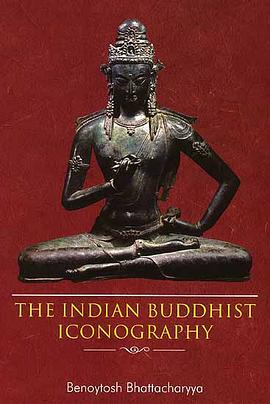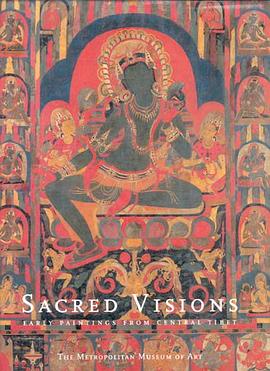
Sacred Visions Early Paintings from Central Tibet pdf epub mobi txt 电子书 下载 2026
- 藏传佛教艺术
- 艺术史
- 西藏
- 藏传佛教
- TibetanArt
- AHVS
- Tibetan Art
- Central Tibet
- Early Paintings
- Sacred Art
- Buddhist Art
- Thangka
- Religious Art
- Himalayan Art
- Art History
- Tibetan Buddhism

具体描述
Sacred Visions: Early Paintings from Central Tibet is the catalogue of a landmark exhibition of more than sixty of the finest extant Tibetan works from museums and private collections around the world. Closed to the West until the early twentieth century, Tibet was abruptly closed again in the 1950s by the Chinese. In spite of the loss of much of the staggering wealth of Tibetan monasteries and other monuments since that time, a number of masterpieces have survived in Western collections.
Brought together for the first time, many of the
paintings have also never been published. In the catalogue, Steven M. Kossak and Jane Casey Singer discuss the individual works in regard to their style, iconography, provenance, and date. They explore and contextualize the painting of the eleventh to the fifteenth century, a formative period when Tibet enjoyed extraordinary cultural achievements. During this era, known as the Chidar, or "the later diffusion of the faith," Indian Buddhism became firmly established in Tibet. Thousands of Indian Buddhist texts were translated into Tibetan, hundreds of Buddhist monuments were built to adorn Tibet's vast landscape, and countless young men and women entered the ranks of burgeoning monastic orders. Initially, some of the finest extant paintings seem to have been commissioned from India by monasteries. These works were then used as models by Tibetan artists to create their own thankas, paintings on cloth. Beginning in the thirteenth century, Nepalese craftsmen began to be employed and Nepalese style paintings became the dominant mode in the fourteenth and the early fifteenth century. It was not until the fifteenth century that Tibetans began to synthesize a truly indigenous mode of expression from these sources as well as from Chinese influences.
In the essays, Mr. Kossak analyzes the development of style and the chronology of the works;
Ms. Singer explores the profound cultural ties between Tibet and eastern India, and, more briefly, between Tibet and Nepal. Robert Bruce-Gardner discusses the painting techniques of the period.
作者简介
STEVEN M. KOSSAK is Associate Curator in the Department of Asian Art at The Metropolitan
Museum of Art. He is the author of Indian Court Painting: 16th-19th Century (1997) and co-author
(with Martin Lerner) of The Lotus Transcendent Indian and Southeastern Asian Art from the Samuel Eilenberg Collection (1991).
JANE CASEY SINGER is an art historian specializing in Tibetan art. She is co-editor (with Philip Denwood) of Tibetan Art: Towards a Definition of Style (1997).
ROBERT BRUCE-GARDNER is Director, Department of Conservation and Technology, the Courtauld
Institute, London.
目录信息
读后感
评分
评分
评分
评分
用户评价
这类著作的一大意义在于收录了不少海外的私人藏品。感叹一下以夏鲁寺等为代表的早期画风真有魅力啊。
评分这类著作的一大意义在于收录了不少海外的私人藏品。感叹一下以夏鲁寺等为代表的早期画风真有魅力啊。
评分这类著作的一大意义在于收录了不少海外的私人藏品。感叹一下以夏鲁寺等为代表的早期画风真有魅力啊。
评分这类著作的一大意义在于收录了不少海外的私人藏品。感叹一下以夏鲁寺等为代表的早期画风真有魅力啊。
评分这类著作的一大意义在于收录了不少海外的私人藏品。感叹一下以夏鲁寺等为代表的早期画风真有魅力啊。
相关图书
本站所有内容均为互联网搜索引擎提供的公开搜索信息,本站不存储任何数据与内容,任何内容与数据均与本站无关,如有需要请联系相关搜索引擎包括但不限于百度,google,bing,sogou 等
© 2026 book.wenda123.org All Rights Reserved. 图书目录大全 版权所有

